I’ve known Ben for a long time now. He worked round the corner from me during my journalism days, and we were both customers of visiting artisans like Elia Caliendo and Simone Abbarchi. We even did a shoot together for Elia years ago.
Ben and I haven’t seen each other regularly since I started full-time in menswear, and no longer work around Blackfriars. But we still bump into each other, and I think Ben is a great example of someone who wears his clothes lightly - he wears quality tailoring which clearly elevates his appearance, and looks good without having anything a colleague would pick out or point a finger at.
It’s also nice to bring in to this Reader Profile series, someone who lived and worked in Hong Kong for a long time, with its density of classic menswear over the past 10 years.
Outfit 1: Formal
“This suit is Holland & Sherry Crispaire from WW Chan, via the Armoury in Hong Kong. It was made in 2012, my first serious bespoke suit - it seemed like a lot of money back then, but considering it's lasted me nearly 10 years (and still going!), it's a ringing endorsement for the concept of always having this simple, classic suit in your wardrobe.
The shirt is from Luca Avitabile, the tie from Drake’s, and the chocolate split-toes are from Saint Crispin's. Not a 'traditional' combination, but as dress standards evolve post-pandemic (and my office has no strict dress-code), I feel like these 'adjacent' options (linen rather than poplin, dark paisley rather than a solid colour, derbies rather than oxfords) allow for a more relaxed way to dress for work, but are still appropriate for most offices and situations.
What job do you do, and how does that interact with what you wear?
I work in Government Affairs and Regulation, so while I tend to dress smartly, there is no real dress code. I prefer to wear a suit and tie most days - it's part of my ritual of preparing for work, which I admit I've missed since the pandemic began.
How do you travel to work?
It's a combination of walking and the Tube, but thankfully it's not too long a commute. I wouldn't say it affects what I wear to a huge extent besides layering, especially in London winters. A suit and an overcoat can quickly become an oven when you're on a packed tube carriage and unable to take either off!
What's your favourite PS article?
I really like reading the articles on PS about 'How Things Age'; the patina of time that turns something valuable into something unique to you.
I know it sounds all a bit too 'menswear romantic', but when I look at a cotton jacket that has been faded from the sun, a watch that has its share of dings, or a pair of shoes that has been well-worn (and well kept), this to me is another layer of appreciation of craft and quality.
Another great example of this is the Stefano Bemer Instagram posts that show shoes that have been worn into the ground and then been refurbished to such a high level - not new, but in some ways even better.
Outfit 2: Semi-formal
For me, semi-formal is still mostly formal elements (sports coat from Elia Caliendo, button-down shirt from The Anthology, trousers from Cerrato), but worn in a more relaxed way.
The coat is my latest commission from Elia, and having been working with him for a few years now, I feel like the fit and finish have been honed to just the way I like it. I really like the thoughtful approach that The Anthology takes towards its fabric choices for all its garments, while the Fresco trousers from Cerrato in Naples are a real treat - a crisp classic that fits like a glove.
What's your biggest tip for other readers?
I'm sure it's been said before, but having the basic elements of a wardrobe in place before experimenting is really key.
Yes, it's not very exciting to buy suits in navy and charcoal, dark-brown oxfords and white and blue shirts - but trust me, if you start out building a wardrobe with a double-breasted seersucker jacket and acid-yellow chinos, even if you can pull them off, they are likely to be for very specific occasions.
Getting value from a wardrobe is as much how often you wear it as the price you paid - the idea of 'cost-per-wear'. Having an expensive item that is used once a quarter is a bit of a waste, but having an expensive item you use several times a week is an investment.
What’s your money-saving tip?
The one I'm sure most people will know is to buy as good quality as you can afford (as this will save money in the long-run).
But I find that buying wardrobe basics on sale is also an effective way to save money. Do a bit of research and understand when sale times are and make sure you know your size for things such as sweaters, shirts and socks. For those who are blessed with more time, outlet sales or travelling to outlets as part of a holiday can also be quite good value.
Outfit 3: Casual
This is a simple casual outfit that I love because it's made up of solid, hard-wearing basics: a denim popover from Simone Abarchi, chinos from Incotex, and suede chukkas from Anglo-Italian.
Having a 2.5 year old and another one on the way, I need outfits I can easily put together, not worry if they get hit by stains, yet have some elements of classic menswear style to them.
Comfort is also key, but a tip for those looking to have a MTM popover made - always go with fabric that has a bit of stretch or specify a looser fit. I mistakenly asked for one as fitted as my shirts, and ended up with a popover that looks great but is extremely difficult to 'pop over'!
Which brands do you identify most with?
Rather than brands, I think I value stores that have been able to give me great advice, and that I feel a more personal connection with.
A great example of this is the navy suit I'm wearing; the colour, cloth, style, even the deep green lining were all recommendations from Ethan Newton while he was working at the Armoury. Now that he has his own endeavour at Bryceland's, I specifically went to see him in Tokyo when I was last there - not just to shop, but also to pick his brain on style questions and keep that little connection alive.
While it's generally true that you can build longer-lasting relationships with a brand if you deal with the artisan directly, rather than sales staff, that doesn't always hold. Any store/brand looking to create long-term customers should be investing in great people, and whenever I've spoken to Martin at Anglo-Italian or Aiden at Trunk for example, not only do I get thoughtful advice, but these interactions, even if I don't end up buying something, build that connection with the store.
I know that not everyone has the ability to physically see some artisans/stores in person, but when you are lucky enough to, I’d say you should spend both time (and money) there!
Do you think you spend a lot of money on clothes?
Yes, I do! However, I think I've reached a point where I have the clothes I want for a wardrobe foundation, so these days it's definitely more about want than need. I spend much less than I used to on clothes per year, both because of that and having children.
What do you spend most, and least, money on?
In the past I spent most on suits, sports coats and trousers. Having been lucky to have access to some great tailors both in Hong Kong and now in London, I spent most of my money there first, but now it's shifting more towards shoes and watches (not to mention that my small wardrobe can't really hold much more!) The size of London apartments and lack of storage space have a natural way of making you evaluate your purchases more thoroughly.
DMTBeautySpot
via https://dmtbeautyspot.com
Simon Crompton, DMT.NEWS, DMT BeautySpot,
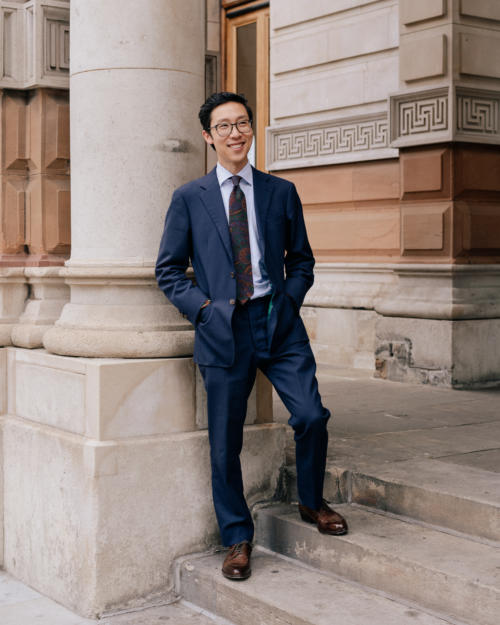
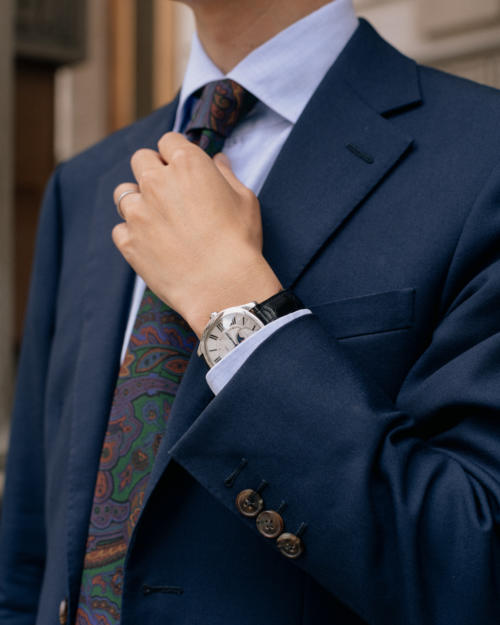
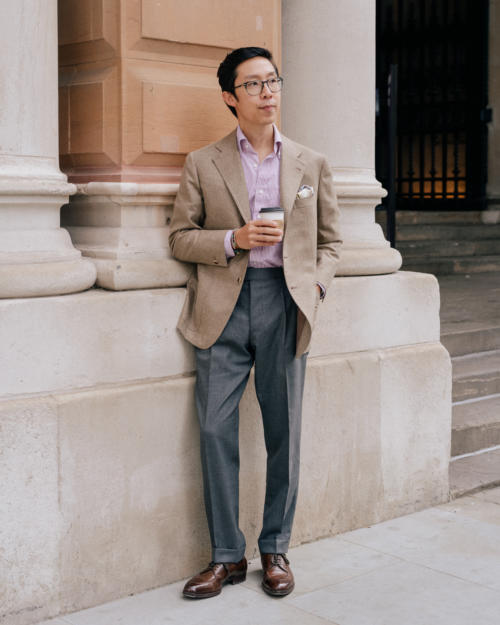
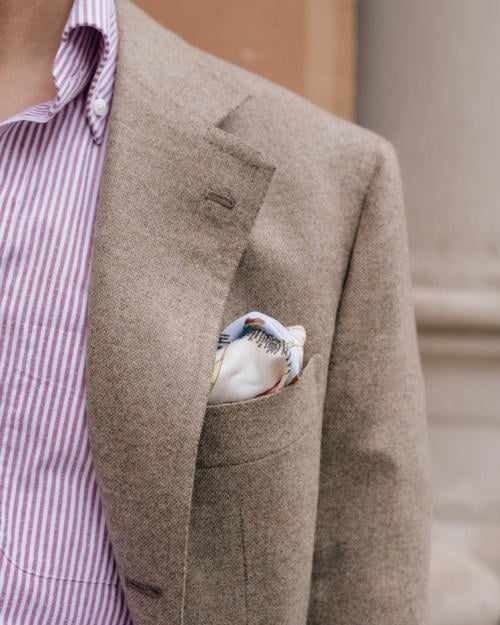
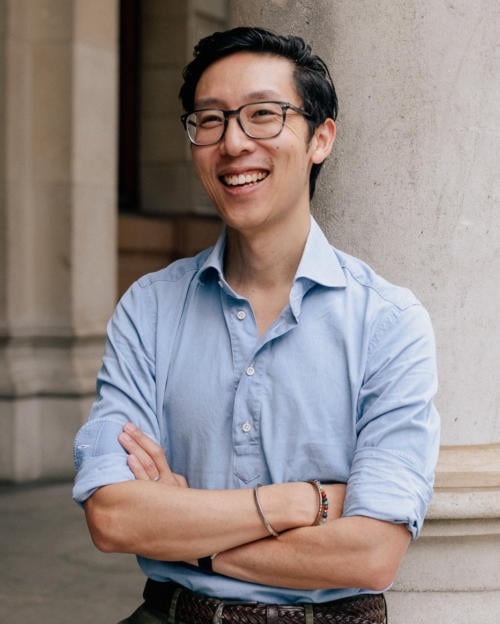
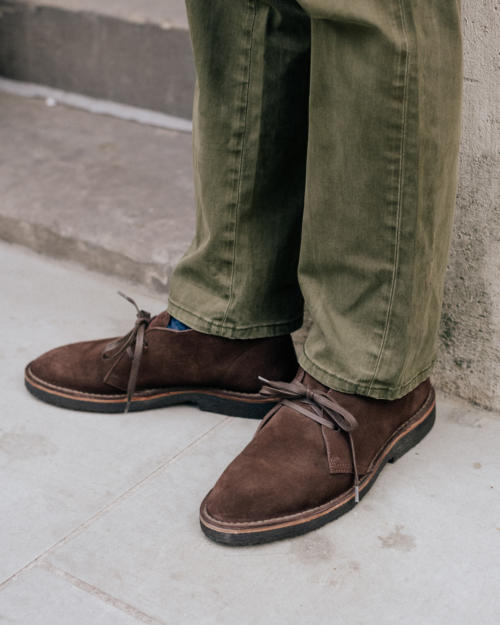
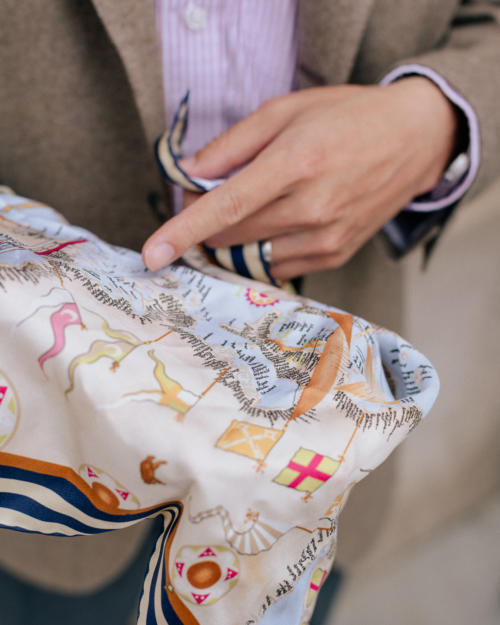
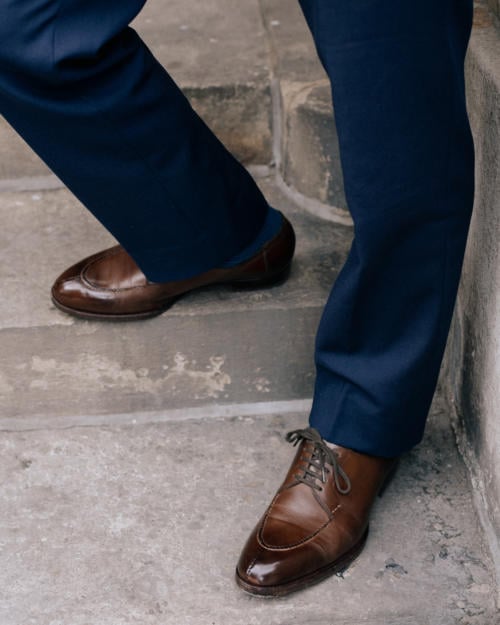


0 comments